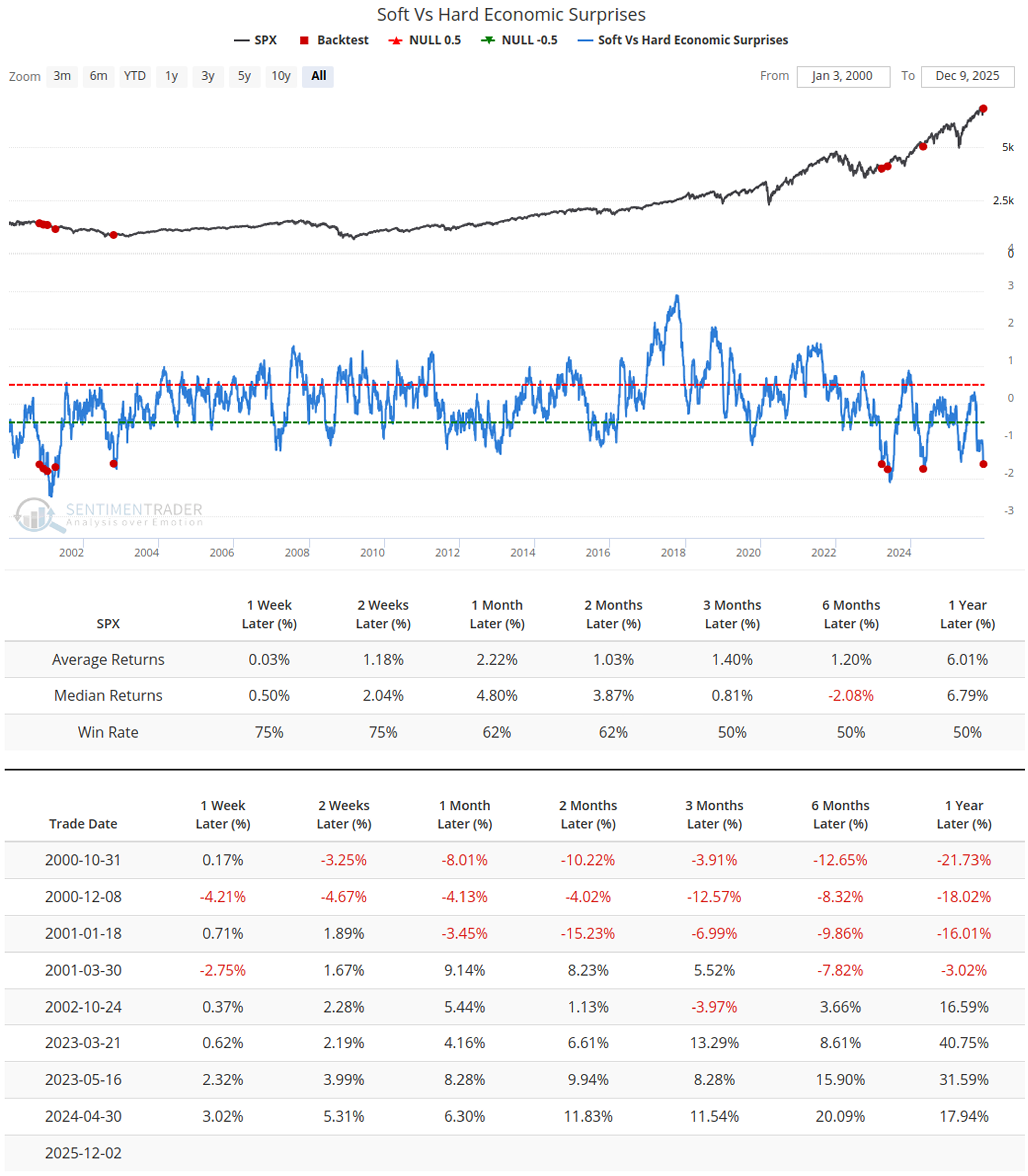Last Friday’s employment report from the Bureau of Labor statistics was labeled “shockingly good” by MSNBC, and as a “blowout” report by Reuters. According to the BLS, the US economy added 254,000 jobs in September, seasonally adjusted. That’s the biggest increase in six months.
Defenders of the status quo seized upon this latest number as evidence that the US economy is in great shape. Uber-establishment economist Mark Zandi, for example, declared “One couldn’t paint a prettier picture of the job market and broader economy.”
Well, the problem with this view is that nearly everywhere else we look, we find data that points to either stagnation or to a truly problematic economic situation.
We could point to many indicators outside the employment report of course. There is the Fed’s own Beige Book which recently reported that most of the Fed’s 12 districts were either stagnating or getting worse. The Richmond Fed’s manufacturing activity survey is in recession territory. The Conference Board’s leading economic indicators index posted its sixth consecutive monthly decline in August, triggering a recession signal. Meanwhile, the ISM’s September Manufacturing report says that the manufacturing sector is contracting.
But let’s look specifically to Friday’s jobs report, and beyond the establishment survey’s jobs number reported in the headlines.
That big 254,000 jobs gain is just one small part of the overall employment report, and it only shows us total jobs, whether full time or not. What that payroll number misses is that most of these jobs are part-time jobs, and that total employment growth is being pushed up by government job growth while the private sector stagnates.
For example, according to the household survey, which measures employed people rather than jobs, part-time employment over the past year rose by 813,000. Full time employment, on the other hand, fell by 485,000 jobs.
The number of workers with more than one job is at the highest ever, as is the number of workers whose primary and secondary jobs are both part time.
And then there is last month’s very large surge in government employment. While we did see growth in employed persons for September, we also saw that government employment rose to the highest level ever. September’s month-over-month increase was 785,000, which was the largest increase ever recorded outside the 2020 pandemic. This is especially noteworthy when we find that private sector employment increased by a paltry 133,000, a small fraction of the government job number.
Over the past year, private sector employment has fallen according to the household survey. Private employment fell 463,000 from Sept 2023 to Sept this year. Government jobs, on the other hand, rose 598,000 during the same period.
Average weekly hours continue to fall. In September, the average work week ticked down to 34.2 hours which is a recession-level number. This is the lowest print since 2009 and it’s back to levels we saw in September 2008 and August 2020.
So, when we see job gains in recent months, many of those are government jobs, and in some cases, all of the net job growth is government jobs. The private-sector growth we do see, by the way, is in hospitality and healthcare, two sectors generally regarded as low-wage sectors.
So, to see any real growth in employment in the September report, we have to look to government jobs and workers holding down two jobs as total hours decline.
Additional indications of a slowing economy can be seen in the latest declines in temporary work. September’s numbers show temporary employment has now been down, year over year, for 23 months in a row, and that has always pointed to recession over the past 40 years. The household survey also showed falling employment in truck transportation and that has always pointed to an economic slowdown for at least thirty years.
It’s also a fairly safe bet that the federal government is doing its best to present the rosiest picture it can, and even these best-case scenario numbers show private sector stagnation, and this in the face of the biggest annual federal deficits ever run in peacetime. The economy is facing some serious headwinds out there, and this very weak jobs report is not exactly showing us otherwise.
[Here’s a shorter video version of this article:]
Full story here Are you the author? Previous post See more for Next postSeptember’s job “blowout” was driven by government jobs and part-time work. Private employment fell 463,000 from Sept 2023 to Sept this year. Government jobs, on the other hand, rose 598,000 during the same period. More @mises: https://t.co/V8iQGhusu4 pic.twitter.com/rjhwe8Y5EC
— Ryan McMaken (@ryanmcmaken) October 9, 2024
Tags: Featured,newsletter


























